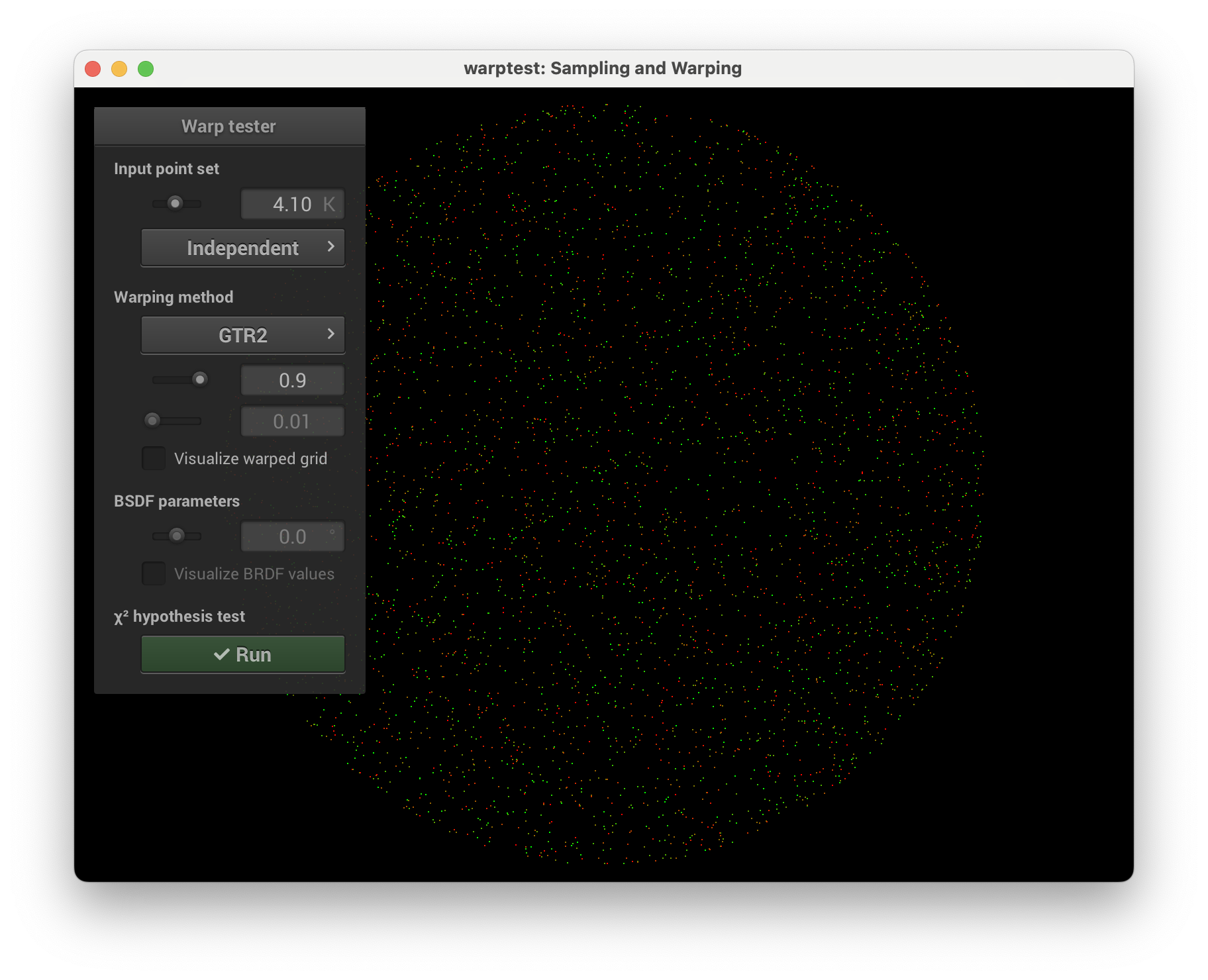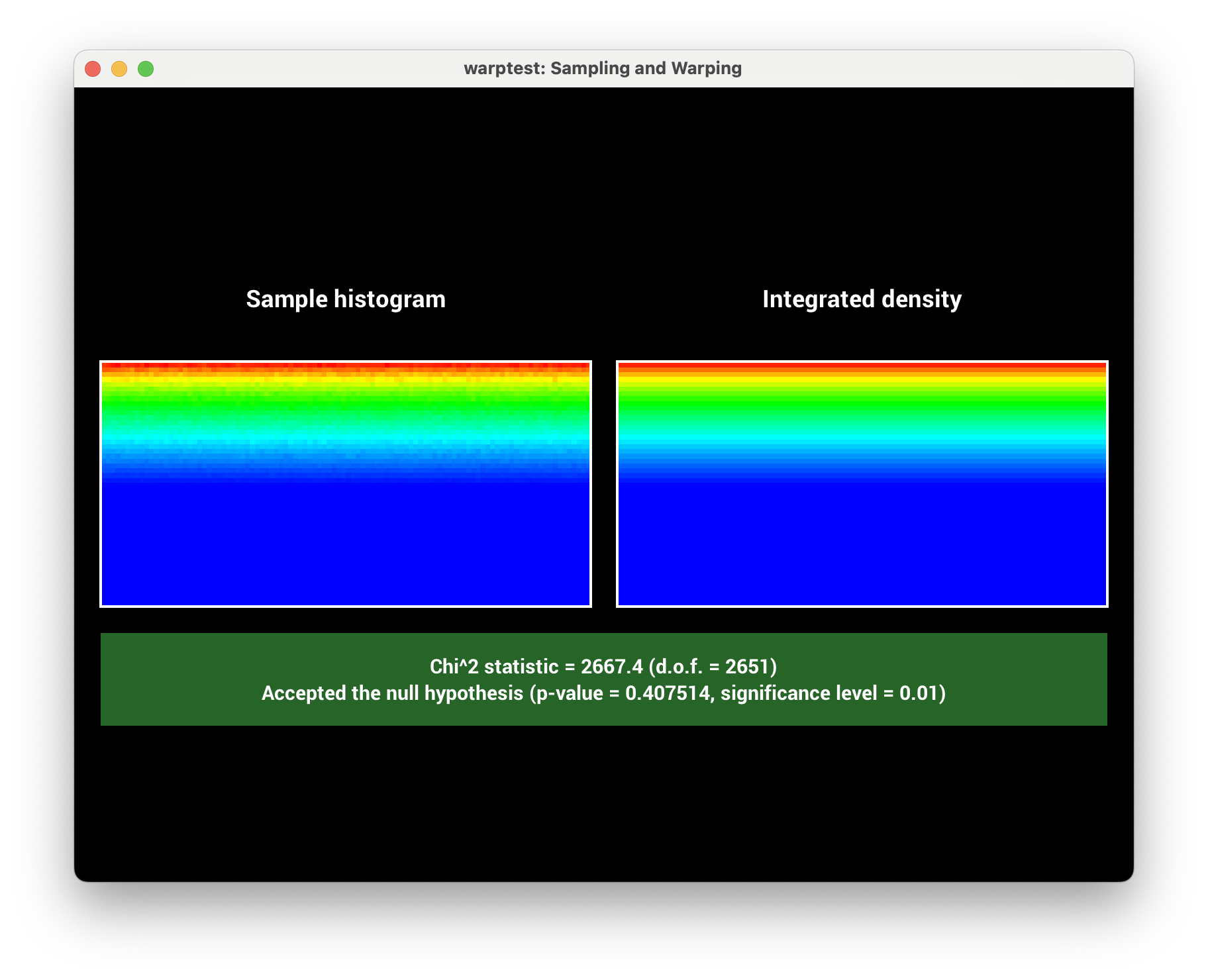Disney BSDF
Jiayi Sun
Updated Files
- include/nori/warp.h
- src/warp.cpp
- src/disney.cpp
Implementation
The Disney BSDF uses a combination of physically-based shading terms to represent a wide variety of materials. The 5 graded parameters we implement are subsurface, metallic, roughness, sheen and clearcoat. We also implement specular, specular tint, sheen tint and clearcoat gloss. We follow the 2012 version paper as well as UCSD tutorial, which provides a more detailed explanation of the Disney BSDF model in our implementation.
The diffuse component uses Lambertian reflection combined with a roughness-dependent correction term, where F_D90() and F_D() compute reflectance based on Schlick's Fresnel approximation, while subsurface scattering is modeled using F_SS() and blended with lerp() for light penetration effects.
The metallic component employs a microfacet BRDF with roughness, using the GTR2 distribution in D_m(), the Smith masking-shadowing function (Lambda_w() and G_m()), and Fresnel reflectance (F_m_hat()), which blends base color for dielectric and metallic materials.
The specular term is embedded in the metallic and dielectric reflectance calculation using Fresnel's approximation.
The sheen component adds soft highlights for fabric-like surfaces, using Schlick's weight function and a sheen tint derived from the base color.
The clearcoat component introduces a glossy top layer modeled with the GTR1 distribution in D_c(), combined with masking-shadowing (G_c()) and a fixed-index Fresnel term (F_c()).
Sampling is performed by blending three distributions—diffuse, metal, and clearcoat—using weights derived from material parameters, with importance sampling handled by Warp::squareToCosineHemisphere, Warp::squareToGTR2, and Warp::squareToGTR1 for each component.
The final BSDF combines these terms into a single model, balancing diffuse, metallic, sheen, and clearcoat contributions based on user-defined parameters:
\[ \begin{aligned} f_{\text{disney}} = & \, (1 - m_{\text{metallic}}) \cdot f_{\text{diffuse}} \\ & + (1 - m_{\text{metallic}}) \cdot m_{\text{sheen}} \cdot f_{\text{sheen}} \\ & + f_{\text{metal}} \\ & + 0.25 \cdot m_{\text{clearcoat}} \cdot f_{\text{clearcoat}} \end{aligned} \]Validation
We display 5 rows of spheres, where each row tests one specific parameter of the Disney BSDF. From top to bottom the parameters are metallic, subsurface, roughness, sheen and clearcoat. The chosen parameter is linearly interpolated from 0 to 1 across the spheres in the row from left to right, while all other parameters are held constant at their default values. The scene is illuminated by an area light positioned above the center sphere (6th sphere), ensuring consistent and focused lighting.





The difference caused by the sheen parameter is very subtle in the initial validation setup. We provide additional comparisons between sheen = 0 and sheen = 1 under identical conditions.
It can be seen that when sheen = 1, the micro highlights become more prominent and spread out, giving the surface a softer, fabric-like appearance.
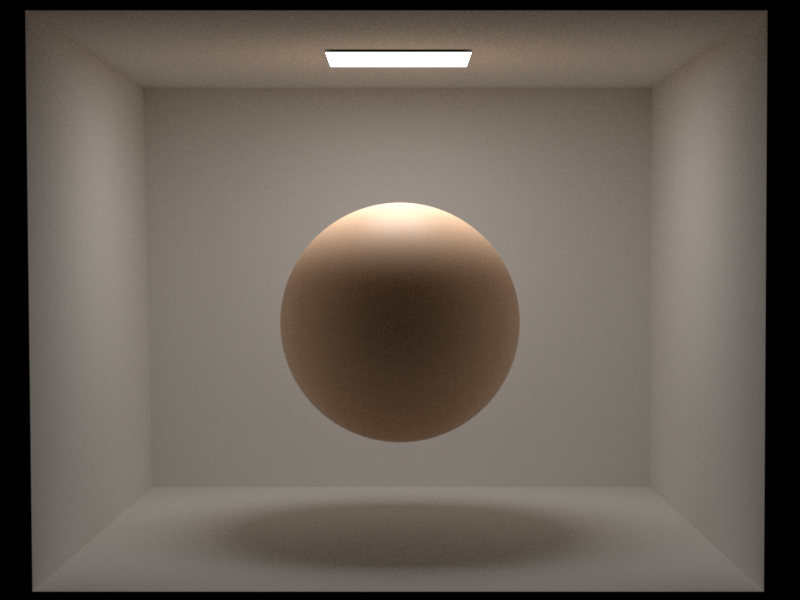
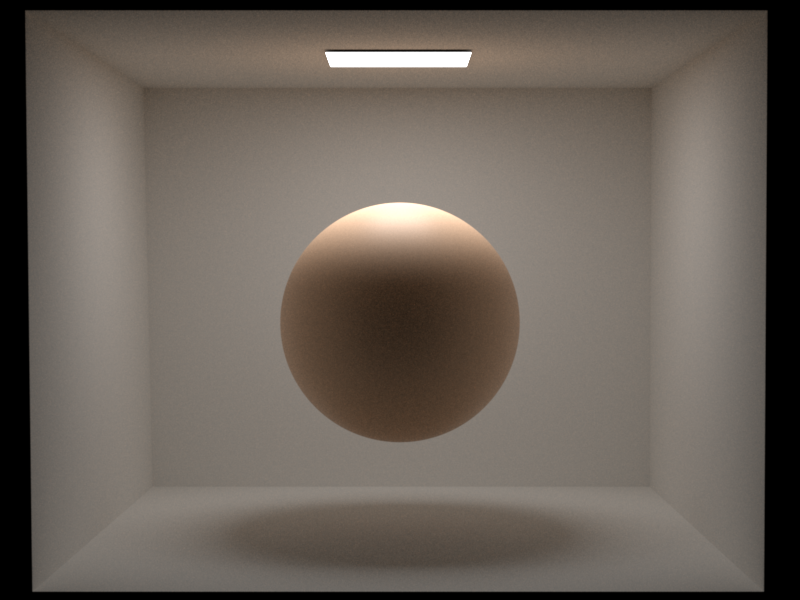
The comparison for the clearcoat parameter shows that its effect is subtle due to the 0.25 scaling factor applied in the final term. As a result, we also do the same comparison to clearcoat parameter. When clearcoat = 1, the surface becomes more glossy and reflective.
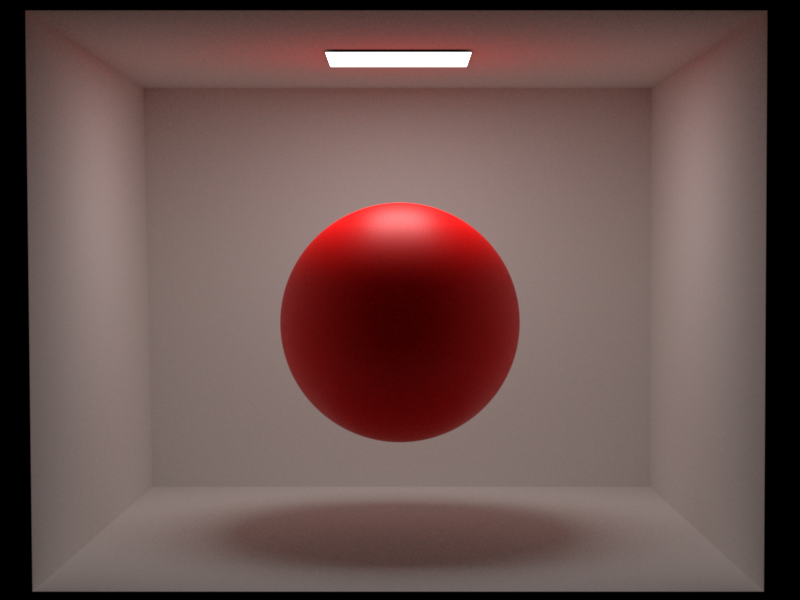

The metallic and clearcoat lobes use the GTR1 and GTR2 distributions in their respective D-terms. We test these distributions with the warptest program to ensure that the sampling procedures match their respective PDFs.
Screenshots from warptest confirm accurate sampling for both GTR1 and GTR2 distributions. Here we use alpha = 0.1 and alpha = 0.9 for both distributions.
GTR1
alpha = 0.1:
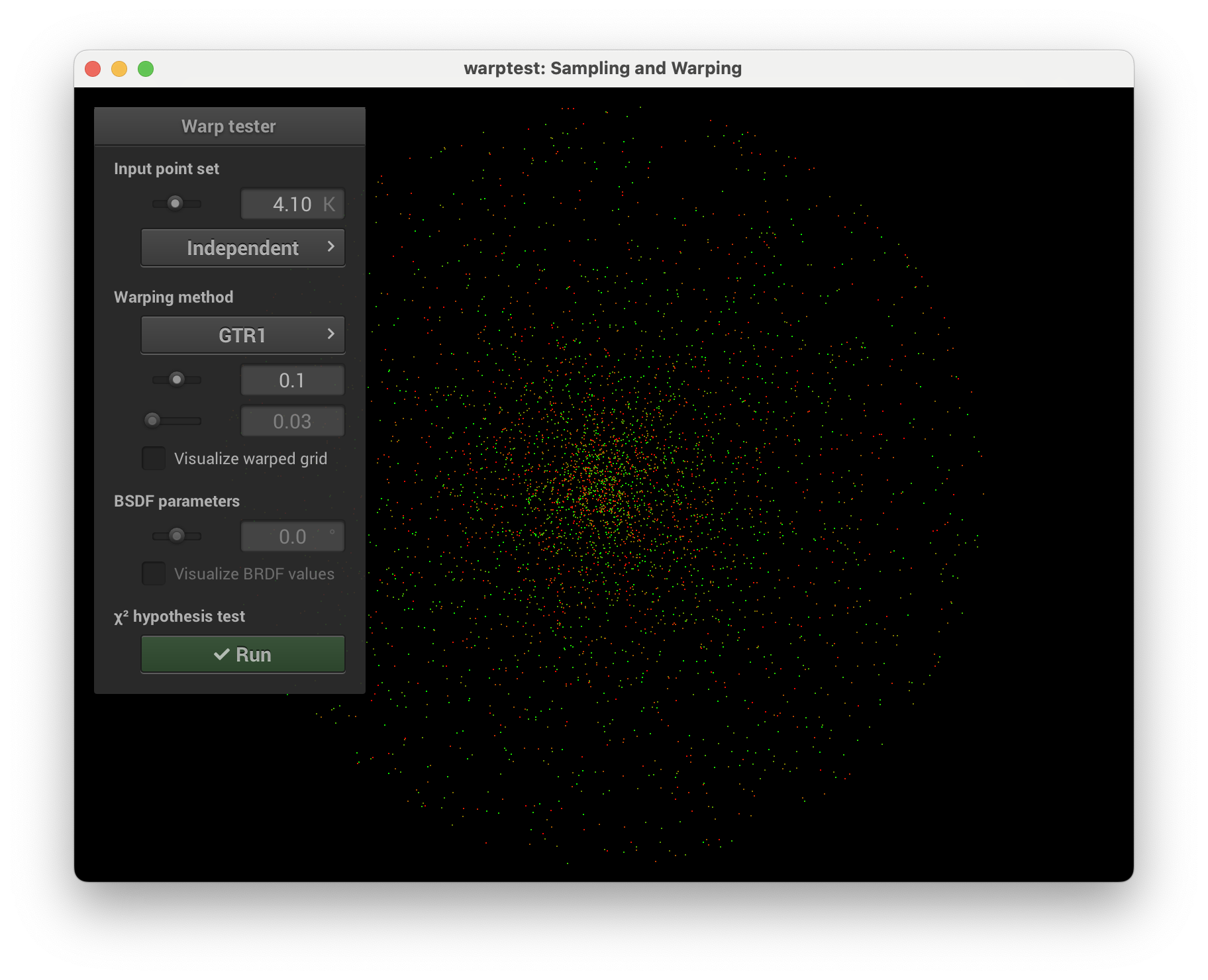
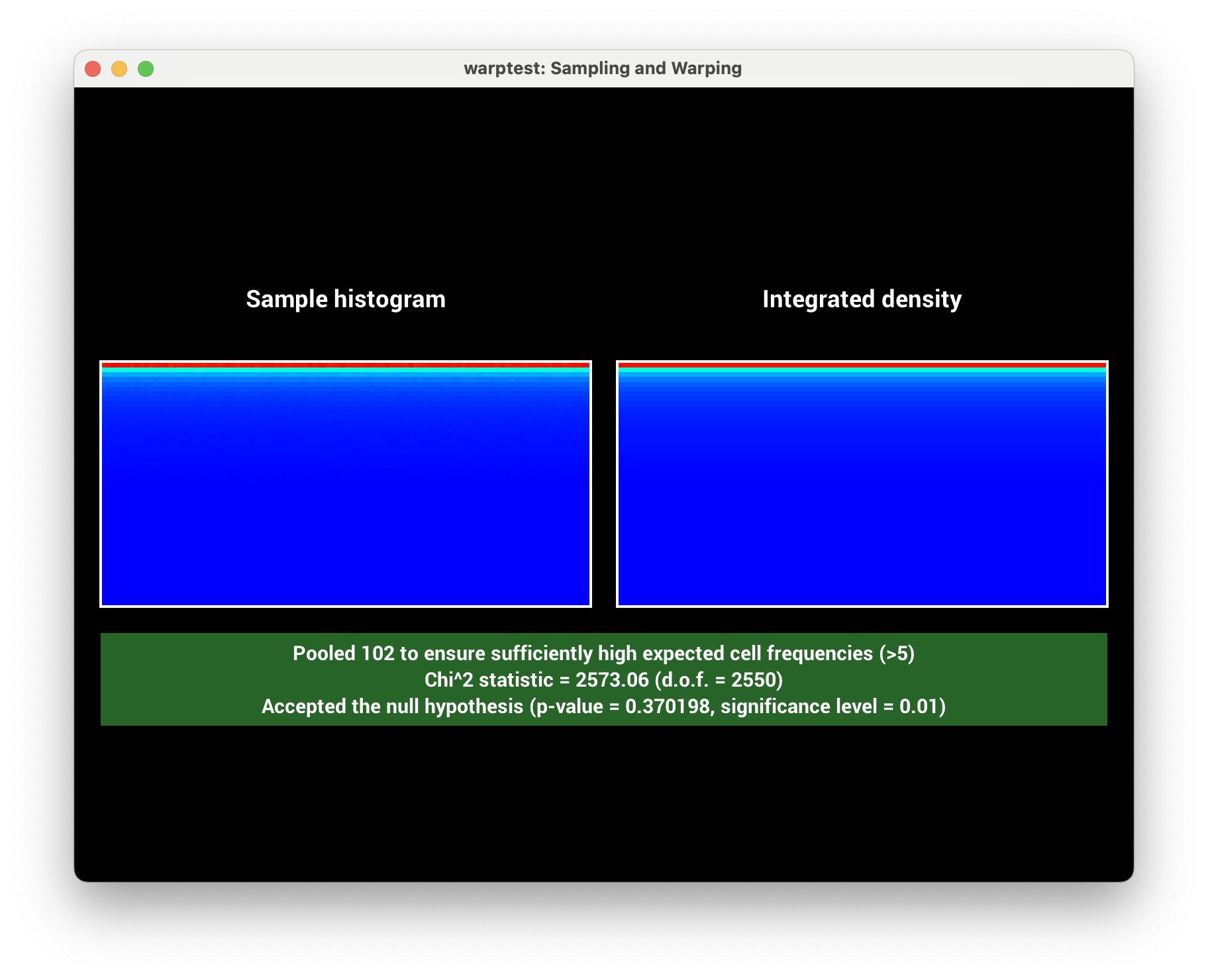
alpha = 0.9:
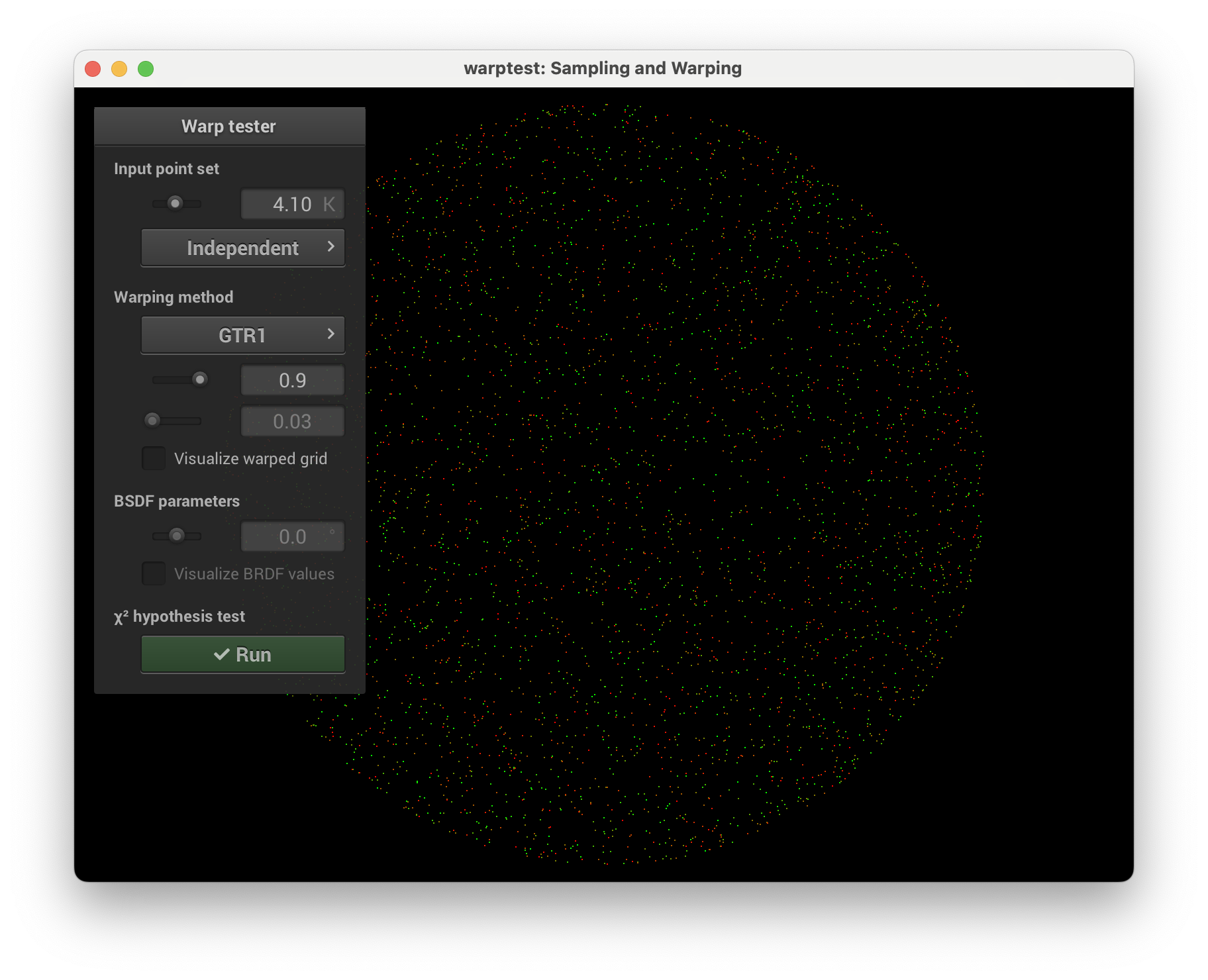
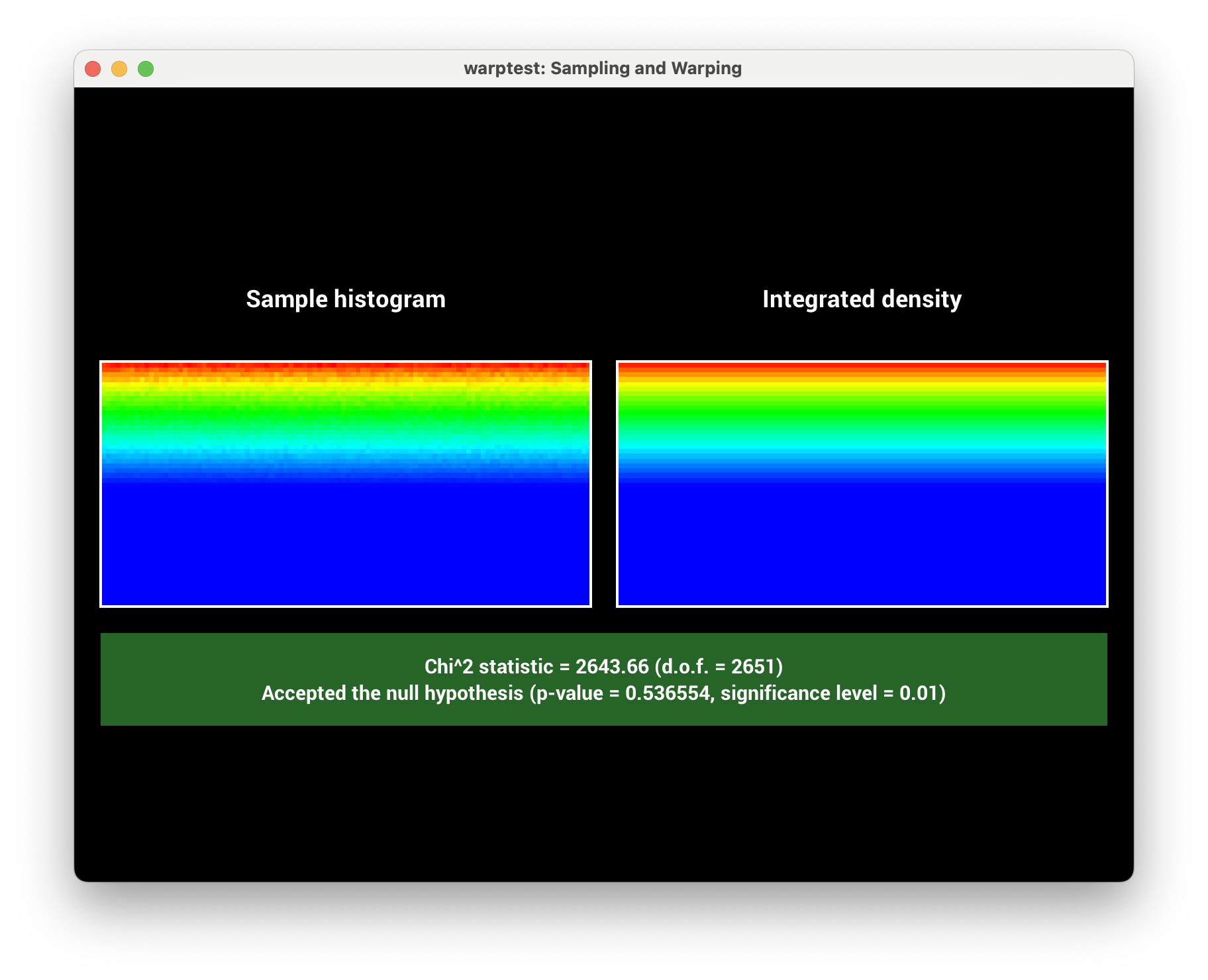
GTR2
alpha = 0.1:

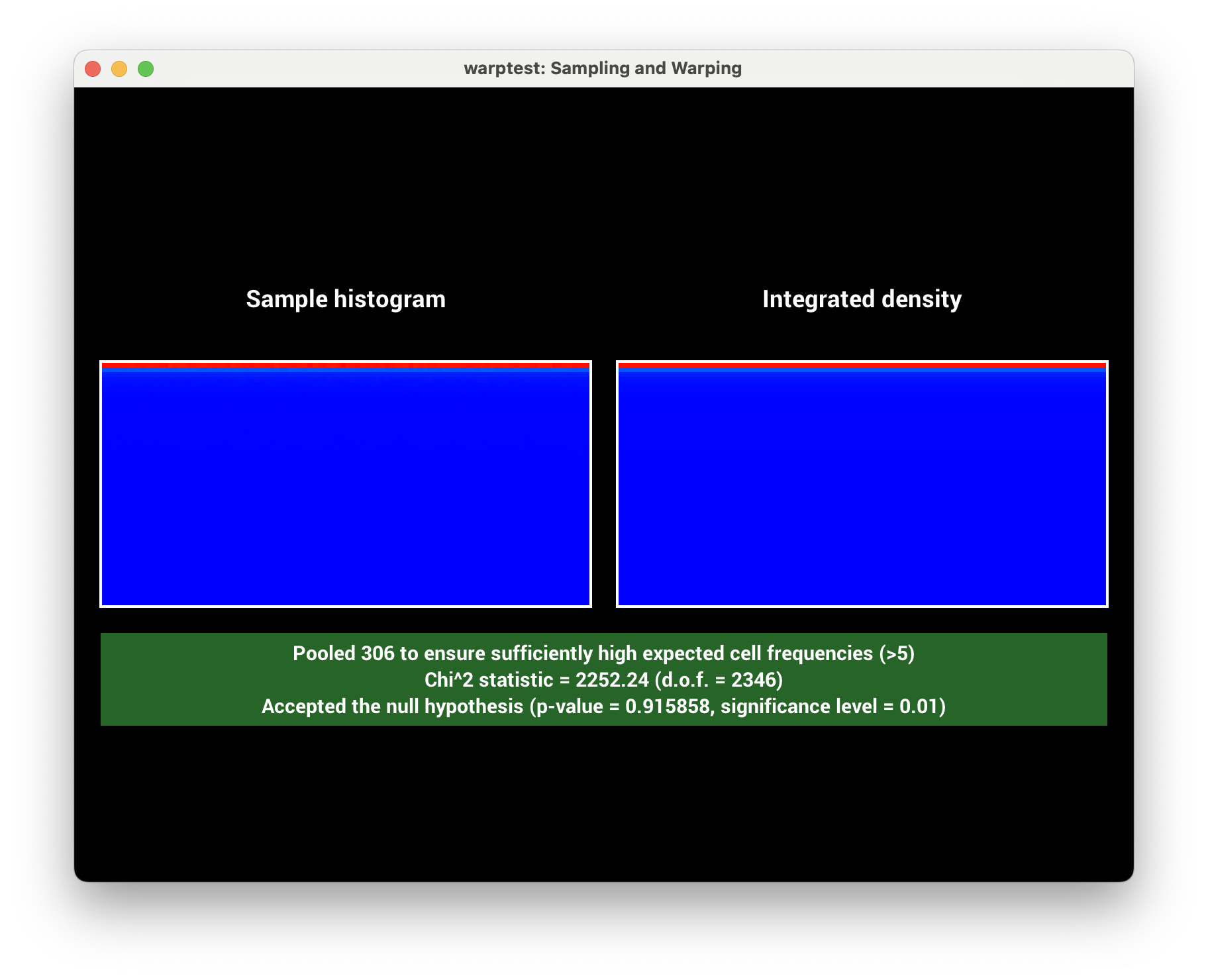
alpha = 0.9:
